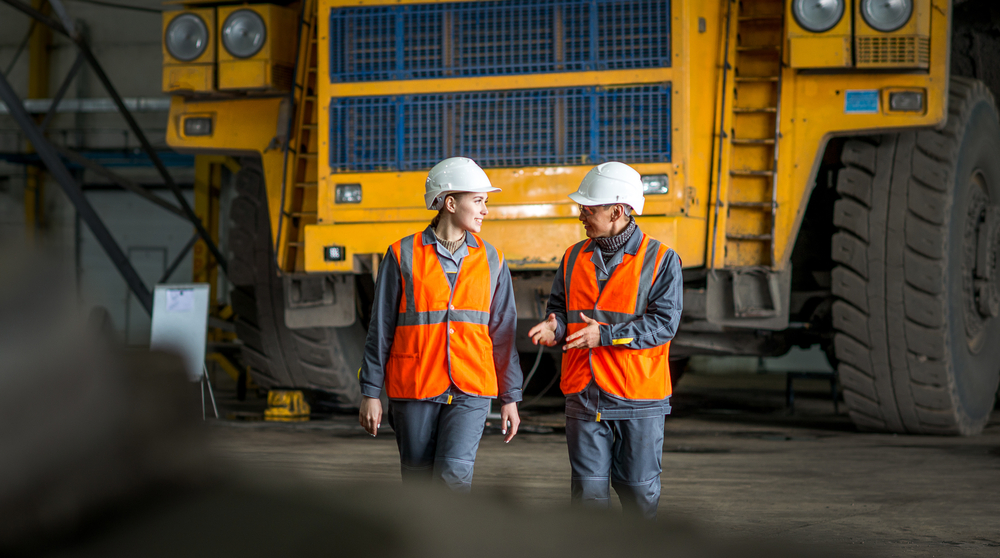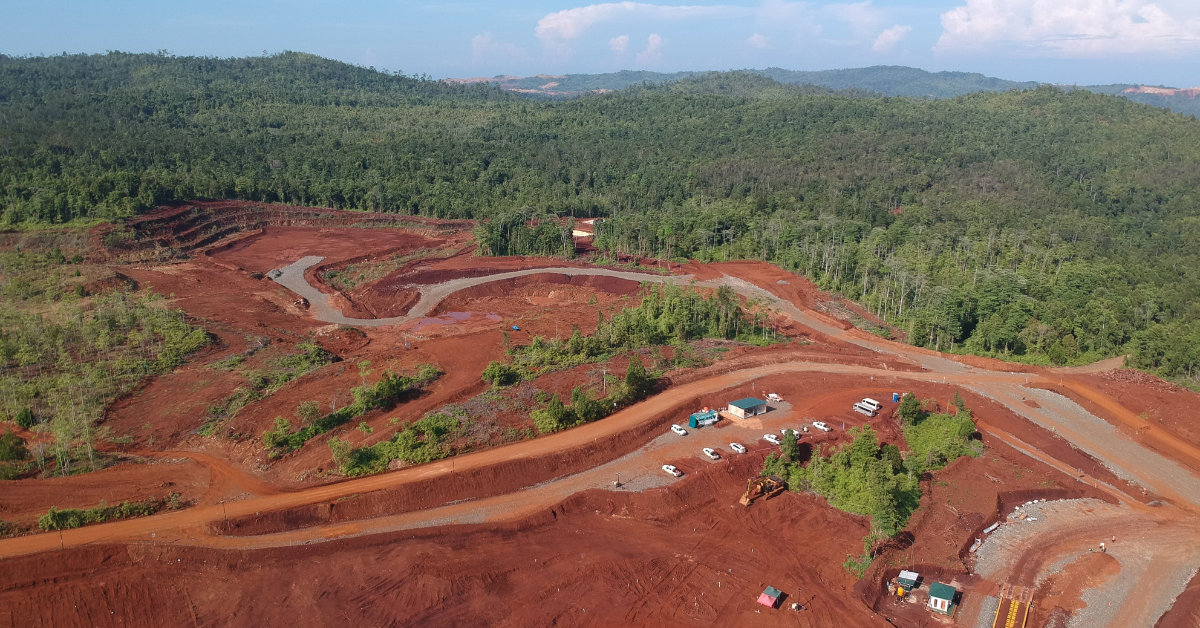Let’s take a look at the current state of the mining market and how the push for social transformation can shape a better future of mining with @Felipe Palacio, one of many Mechanical Engineers from our talent pool. Together with 8 years of experience and first-hand exposure of working on mining facilities in DRC, Zambia and Burkina Faso, Felipe is well-versed to comment.
The metal rush. The giants of the world made the call. Back in July 2020, we can remember the clear message from Elon Musk: Please. Get. Nickel. The use of stainless steel and the creation of batteries for electric vehicles are still on the rise. “This metal rush can be a little scary. It means quick money and quick return, so the bias could be to push for productions without respecting quotas of the production tool,” shares Felipe. The reality if a mining facility creates a production of 60 million tons of ore, you cannot push the boundaries too much without causing damage, break downs or even threaten the safety of the people.
The price of nickel spikes. By looking at the graph above, we can clearly notice how the stock exchange value for nickel has been steadily increasing over this past year. Due to the temporary suspension of mining operations during the Covid pandemic, global Nickel production was expected to decline by 7.4% in 2020. Despite the pandemic freeze, the global demand for minerals hasn’t been shrinking. Key industrial players around the globe are rallying to be responsive to meet the demands.
Critical cobalt sourcing. Cobalt is ranking 32nd in global abundance. As a by-product of copper and nickel mining operations, we count 55% of the world's global production coming from nickel ores. Ever-increasing industry demand for Cobalt steers investments to new places. According to the Cobalt Institute, “Cobalt is a critical raw material for the industry and essential for enabling technological development and a low carbon future.” Even so, a decision by the European Union to put cobalt on the critical raw material list is made because half of the ore reserves are in the Democratic Republic of the Congo. A region where controversial issues on social transformation and community negative impacts is a daily occurrence. Another reason why we cannot turn a blind eye when it comes to the people factor in business strategies. People are vital in the successful partnering of the community and the business.
Environmental Social Governance (ESG) in the mining sector. Only 50% of directors say that the board fully understands ESG issues impacting the company. Digging for minerals is your core business. ESG is here to drive value creation that will transcend the country and community where you lead your operations. And ESG offers the potential to drive value creation into your formula of success to transcend the country and community where you are leading your operations. Minimizing environmental disturbances and fostering greater outputs for the community while meeting demand is a critical component of sustainability. The distribution of wealth and positive outcomes for the community require inclusion into the success strategy from the beginning.
Sources of return to the community. From the infographic above, we can count three major groups which expect direct benefits for themselves: the stakeholders, the country and the citizens. The challenge of balance to meet the needs of those 3 will ensure prosperous activity. Focussing our perspective on how to achieve social transformation, we can illustrate the desired outcomes for the country and for the citizens by:
- Maximize government revenue and stability can be achieved through employment opportunities for local people. In Zambia, Felipe witness the formation of a training centre onsite. “The training centre in Zambia at the mining facility is one of the most inspiring underground setup systems I’ve ever seen,” confides Felipe. Simulating machines underground, reproducing the dust, sounds and atmosphere is really helping to prepare the new local staff in the mining environment and be 100% prepared on Day One. It’s a great way to train and retain the employees, as well as secure future staff among the communities. Upskilling the workforce has shown a real impact on the communities, contributing to sustainable incomes for the population.
- Providing infrastructure and social services can be met with urban development programs and building investments. “In the Copperbelt region in Africa, you could really tell how the province benefited from the economical input in the area. Whether it be the roads, infrastructure or clinics,” explains Felipe. Yet when building medical facilities, you should also remember to keep in mind and plan for the long-term viability with the presence of doctors and medical supplies. Once it is built, the work is far from over.
- Fostering social growth and expansion can be fulfilled with a population that increases its living standards even after the mining activity stops. Growing up in Papagaios (Minas Gerais, Brazil), where a high-quality slate was to be found, Felipe recounts the impact of mining in the development of the communities in his hometown through his child’s eyes. In the '90s, the international market brought a lot of capital and investments to the region. An urban development program changed a town where most streets used to be unpaved. Markets, shops, restaurants, and the existing facilities got better and bigger. Today, the slate market is not as profitable as it used to be, though one can still see a good number of operations still alive. “I thought most people would leave the city after the golden days came to an end. But the town is still developing as the economy circulates within itself. And that's the important legacy of mining activities when they are done responsibly,” he divulges.
The year 2021 Is the year the mining leaves another legacy in social transformation. With every facet of society dependent on technology, there is no turning back to a world without minerals. So instead the future looks towards the growing importance of ESG in mining and the world is watching. Where environmental and social governance is becoming a major ingredient for any mining company strategy. Getting onboard quickly in the game will foster a sustainable change. As well as sow the benefits for the people and its country.
What challenges are you experiencing in the industry today? Drop us a line at contact@easy-skill.com and let’s see how we can help.

Zoé Braun
Content marketing specialist
Brand storyteller in more than just one language. She writes moving human stories and translates technical topics so they're easy to understand. Pretty nifty. She considers business is about building trust and long-lasting relationships. She gets jumpy if she doesn't get at least 3 weekly hours of sport, running, yoga, kitesurfing, - you name it!








Share this Article